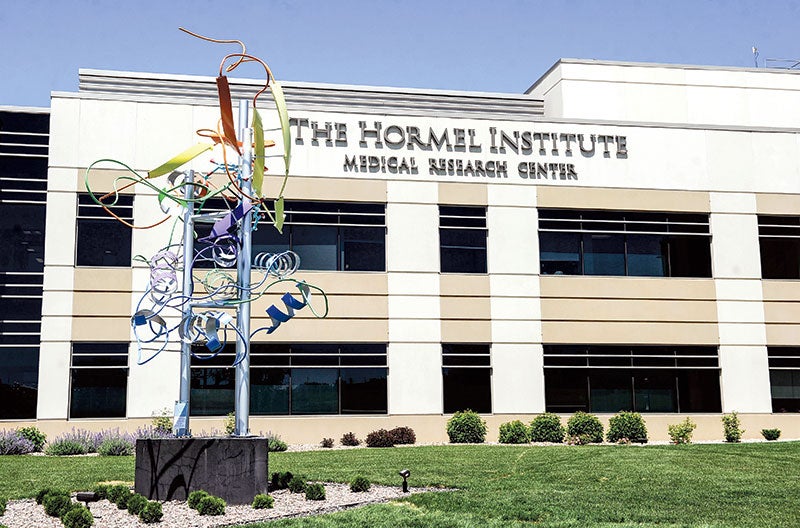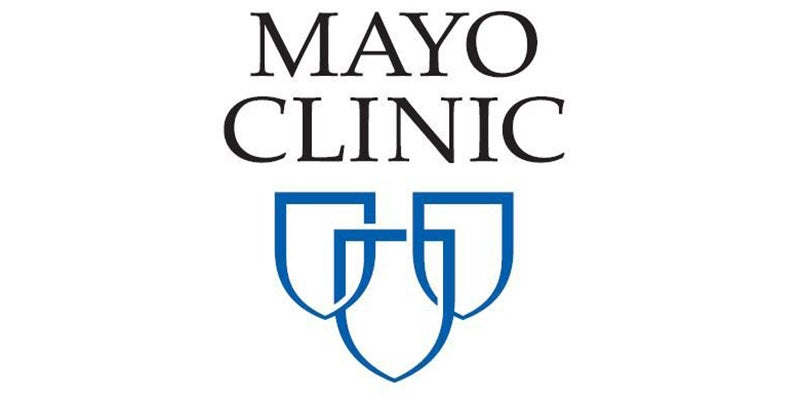CDC warns of E. coli outbreak in romaine lettuce
Published 8:10 am Tuesday, April 24, 2018
The Centers for Disease Control and Prevention has expanded a recent warning about an E. coli outbreak connected to romaine lettuce.
E. coli infections are a type of foodborne illness that usually peak during the summer months.
Dr. Nipunie Rajapakse, a pediatric infectious diseases specialist at Mayo Clinic, says there are many strains of E. coli bacteria that may cause serious illness for those infected.
“E. coli stands for Escherichia coli, which is a type of bacteria that can cause food or waterborne illness in people,” says Rajapakse. “It’s a relatively common cause of illness. There’s a type of E. coli that people may have heard of called O157:H7. It’s a specific type of E. coli that can cause bloody diarrhea and has been associated with a condition that can cause kidney damage, especially in young children.” This form of kidney failure that can be life-threatening is called hemolytic uremic syndrome.
E. coli also can be found in the environment and in the intestines of humans and animals so contamination of food can occur in multiple ways.
“Certain foods are at a higher risk for transmitting E. coli infection,” he says. “Most commonly, we hear about it in raw or undercooked hamburger meat. However, any type of food that comes into contact with raw or undercooked meat may lead to cross-contamination. Salads, fruits and vegetables can transmit, as well, and we do occasionally see outbreaks related to those types of products.”
Other foods carrying a high risk of E. coli infection include unpasteurized milk, unpasteurized apple cider, and soft cheeses made from raw milk.
E. coli generally causes relatively mild illness in otherwise healthy people. In certain populations, it can cause severe illness in people who have weakened immune systems, people who have underlying digestive system problems, young children, the elderly, and pregnant women.
Antibiotics should generally not be used for treatment and in some cases may increase the risk of developing hemolytic uremic syndrome. Most people are better in about one week.




